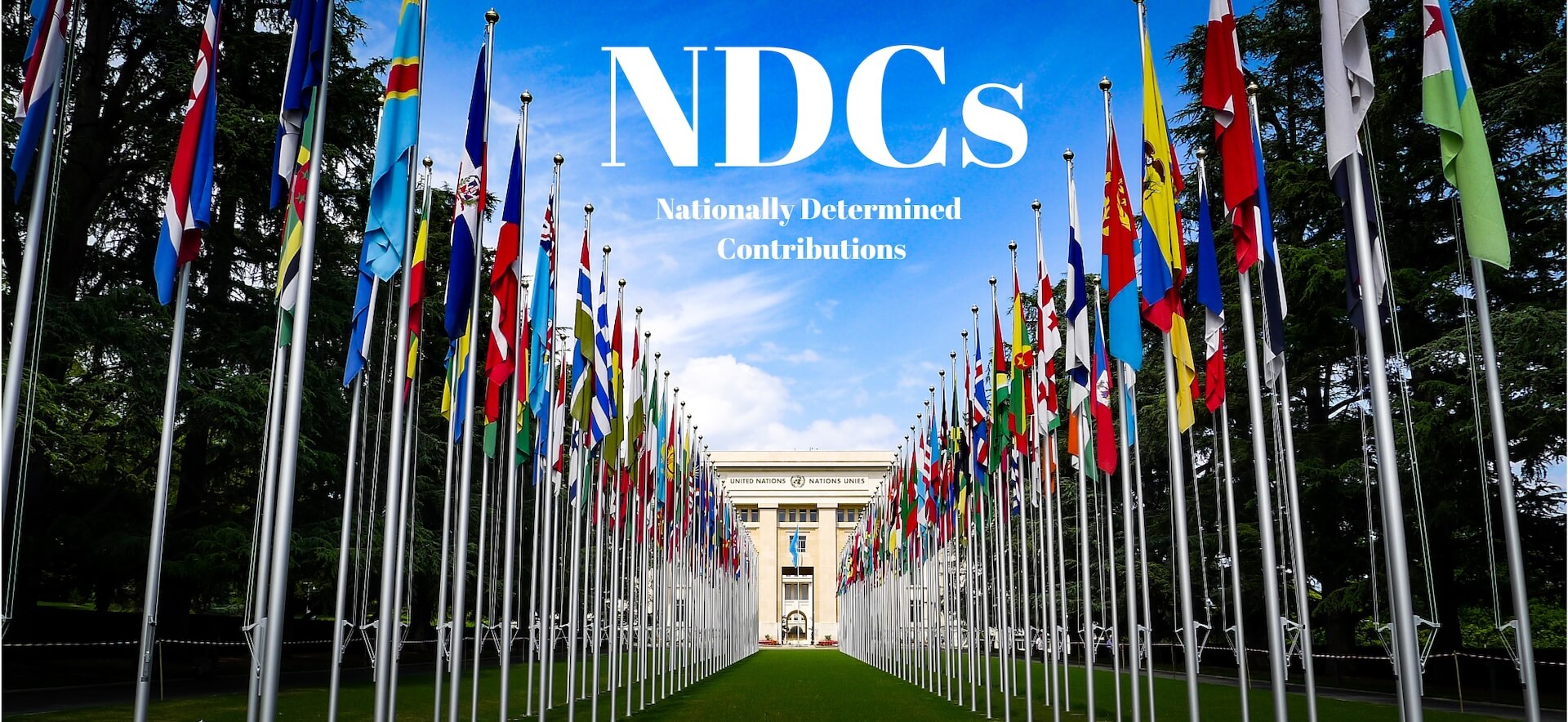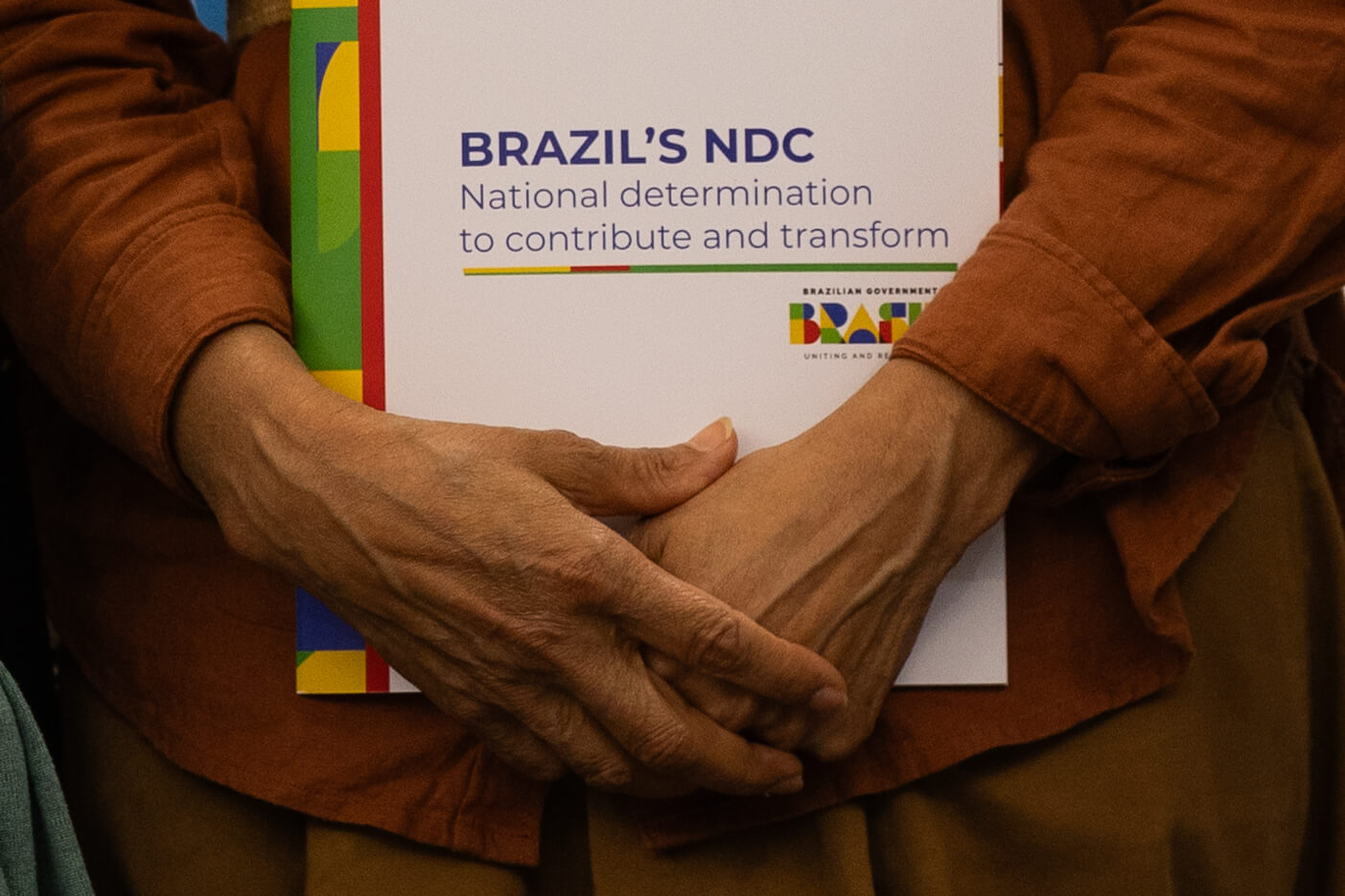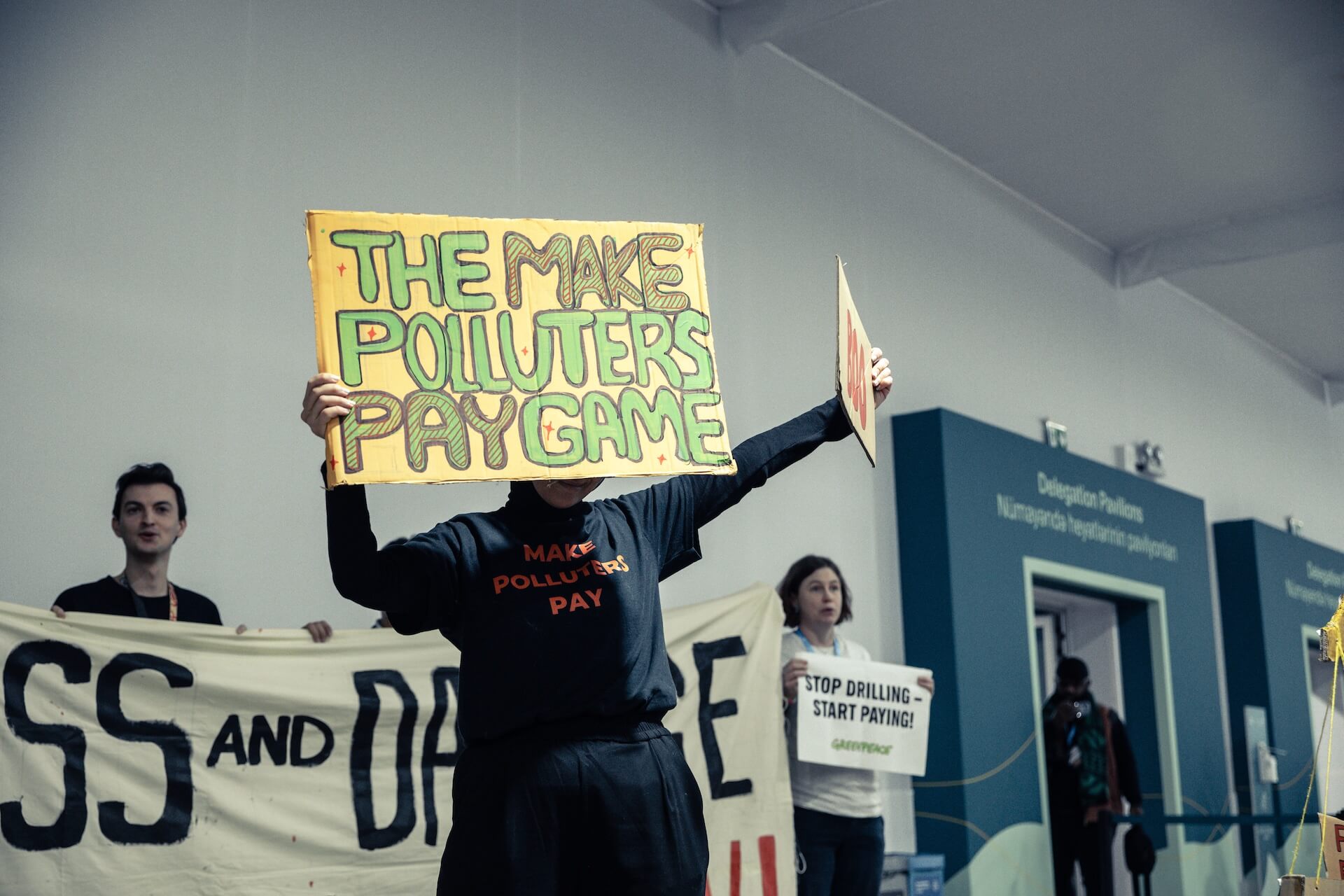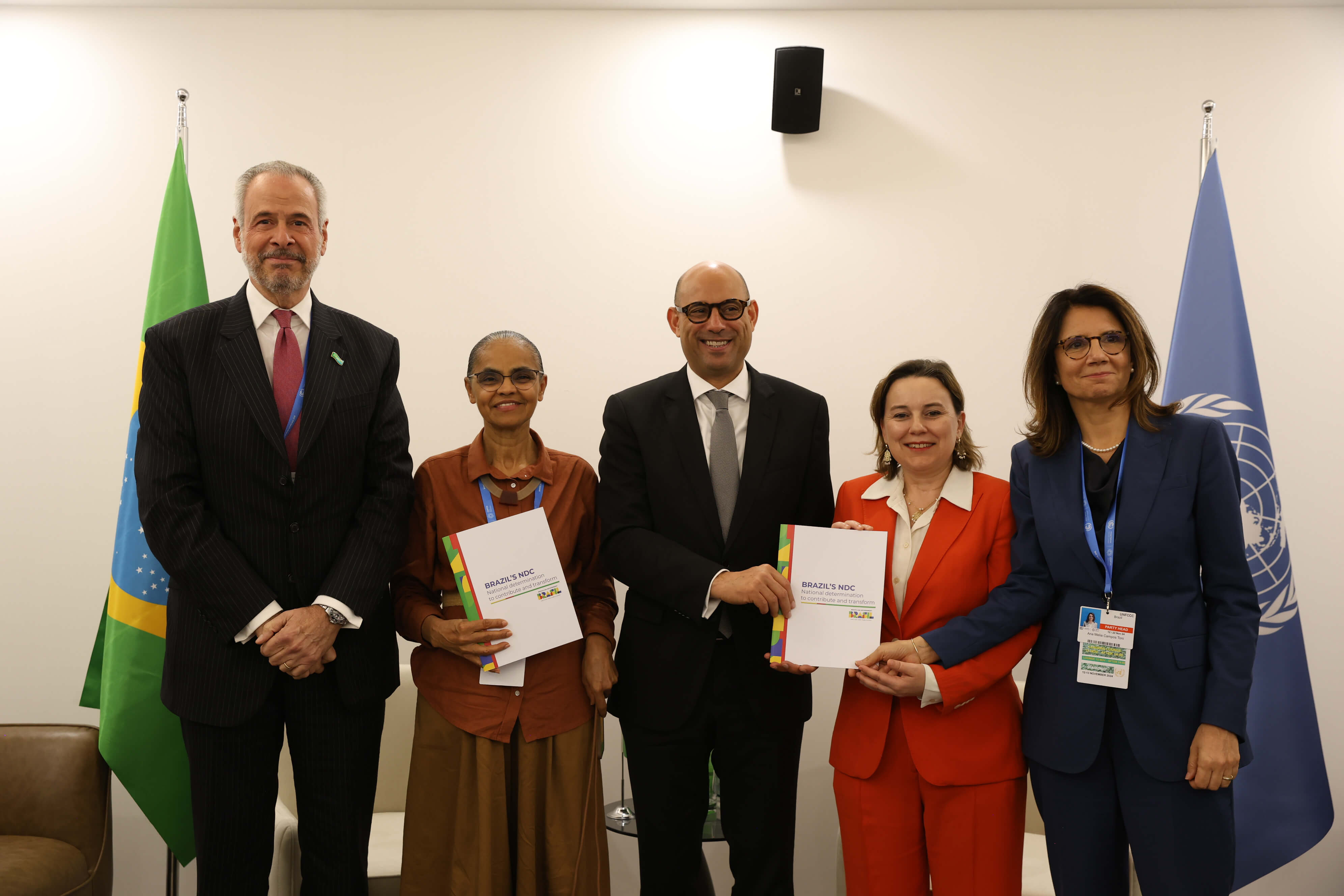New NDCs: How the Paris Agreement shapes climate futures
In 2025, the Paris Agreement countries will present new NDCs (climate goals) that are more ambitious than the previous ones, to limit global warming to 1.5°C. Brasil has committed to reducing emissions by 59%-67% by 2035, with progress in controlling deforestation. Developed countries have a greater responsibility, but everyone must contribute.

By Inez Mustafa | inez.mustafa@presidencia.gov.br
This year, Member countries of the Paris Agreement must submit their new climate targets, the Nationally Determined Contributions (NDCs). Only 13 countries submitted their commitments by the February 10 deadline, nine months before COP30. Five other nations have submitted their documents since then.
During a visit to Brasil in February, the Executive Secretary of the United Nations Framework Convention on Climate Change (UNFCCC), Simon Stiell, said that the "majority of countries" had indicated that they would submit their new NDCs towards the end of the year. According to him, the secretariat needs to have them in hand by September to be included in the synthesis report to be published before COP30.
"It makes sense to take some time to make sure these plans are first class," Stiell said, before emphasizing the need for ambitious, detailed targets that are aligned to limit the global average temperature increase to 1.5 degrees Celsius above pre-industrial levels (1850-1900).
What are NDCs?

All countries that signed the Paris Agreement committed to submitting voluntary greenhouse gas emission reduction targets every five years, which must be progressively more ambitious and compatible with the 1.5°C limit.
Carolina Alves, policy advisor at INESC (Institute for Socio-Economic Studies), points out that a key element in making these contributions more ambitious is targeting the domestic sectors that emit the most greenhouse gases.
"What is done in the NDCs is that each country has its list of targets. So the country will say what it can do," explains Tanguy Baghdadi, Professor and Master’s degree in International Relations at PUC-Rio.
The model of NDCs is an improvement over the Kyoto Protocol and allows each country to set its targets, adapting to the asymmetries between developed and developing countries, according to the professor.
Common but differentiated responsibilities

The Paris Agreement takes into account the principle of "common but differentiated responsibilities", says Carolina Alves of INESC. In its preamble, the agreement emphasizes that developing countries are "particularly vulnerable to the adverse effects of climate change" and adds that "developed countries should continue to take the lead" in reducing emissions.
Developed countries, which account for around 15% of the world's population, are responsible for around 50% of the emissions accumulated since the Industrial Revolution, according to analysis by Carbon Brief experts.
Carolina Alves reiterates that "by allowing each country to set its target to achieve the global goals of the Paris Agreement, it establishes that all countries are responsible for reducing greenhouse gas emissions, but that some are more responsible than others".
Brasil's NDCs
Brasil was the second country to submit its NDCs in November. In the document, the country commits to reducing its carbon emissions by 59%-67% by 2035 compared to 2005 levels, or between 850 million and 1.05 billion tons of CO₂ equivalent.
Studies show that deforestation accounts for more than half of the country's emissions. With the resumption of environmental governance and enforcement actions since 2023, there was a 30.63% reduction in deforestation in the Amazon from August 2023 to July 2024 compared to the previous period, according to INPE's (Instituto Nacional de Pesquisas Espaciais) Prodes system.

In Cerrado, the official deforestation rate for the period was the lowest since 2019, with a 25.7% reduction compared to the period from August 2023 to July 2024. This was the first decline in the biome in five years. Together, the results in both biomes represent a reduction in greenhouse gas emissions and deforestation of 400.8 million metric tons of CO₂ compared to the 2021/2022 cycle.
The re-establishment of the Plans for the Prevention and Control of Deforestation in the Amazon (PPCDAm) and the Cerrado (PPCerrado) allowed the results of these efforts to be achieved. Plans for the Caatinga and Pantanal have also been delivered, and initiatives for the Atlantic Forest and Pampa will be finalized soon.
The implementation of the NDCs will be based on the Climate Plan, which will have sectoral plans and national mitigation and adaptation strategies. The initiative is aligned with initiatives such as the Pact for Ecological Transformation between the Three Branches of Government, signed in 2024, which reinforces the commitment of the Executive, Legislative, and Judicial branches to combating climate change.
English Version: Trad. Bárbara Menezes
Review and editing: Enrique Villamil
